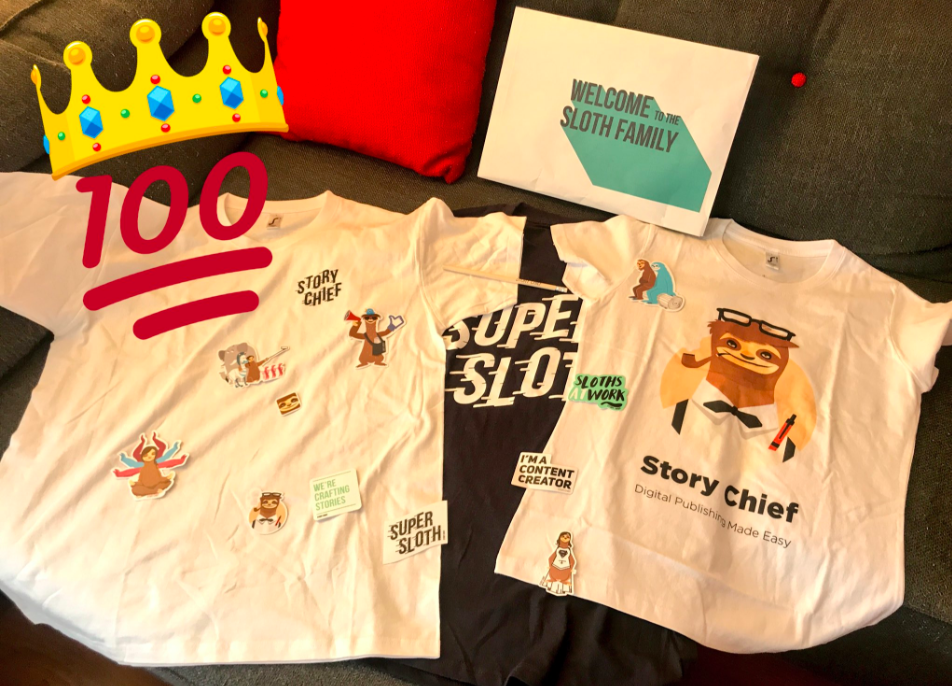
Discover how to mimic a digital glitch effect with just a few tools and techniques in this Adobe Illustrator typography tutorial.
Glitch art is the practice of manipulating and distorting imagery and typography to create irregularity by incorporating unexpected visuals and chaos in an otherwise perfect, flat design. This technique intrigues designers with its balance of the imperfect and the futuristic. Glitches are extremely versatile; you can apply them to virtually any visual, from typography to photography. Add stuff himself

There are several techniques for replicating a digital glitch effect; let’s dive into how to make a typographical glitch in Adobe Illustrator using the Knife Tool, Gaussian Blur effect.
Step 1: Insert Text
When you apply a digital glitch effect to your typography, it’s best to stick with a bold, monoweight, sans serif font. If you use thinner serifs or frilly scripts, you may not get the same drastic glitch effect. Typefaces such as Open Sans, Montserrat, or Roboto all feature simple sans serif letterforms that are ideal for adding some glitch.
Used Montserrat Extra Bold Italic.
Once you’ve found your ideal typeface, drag out a text box with the Type Tool (T). Type out a short word or phrase, like “glitch.” (It’s best to keep your words to three or fewer when prepping for a digital glitch effect.) Head over to Object > Expand to convert your text path into individual vector shapes.
Step 2: Activate the Knife Tool
After you’ve created a Gaussian Blur effect, activate the text with the Selection Tool (V), then head over to the Knife Tool (found coupled with the Scissors and Eraser Tools). Drag down a guide from the ruler at the top of the program; if you don’t see it, bring it up with Command + R. Guides help you visualize where to position the Knife Tool cuts. To make a straight cut, hold down the Shift and Option keys before dragging across. The more knife cuts you make, the more “glitchy” your text will appear.
With the Selection Tool (V), click on the text path, then ungroup all letterforms with Shift + Command + G. The more knife cuts you make, the more sections you will have in each letterform. You’ll notice every shape is ungrouped when you can click on an individual shape.
📷
Bring up the Selection Tool (V) once again and click and drag across similar sections, or hold down the Shift key while clicking each section. Group each cut portion together with Command + G to make manipulating each section easier — especially if you’re working with multiple knife cuts.
Once you’ve grouped each cut portion together, click on an individual section with the Selection Tool (V) and move to the left or right with the arrow keys. These movements can be subtle or drastic; experiment with different approaches.
Step 3: Add Gaussian Blur
To give the typography some movement, we’re going to apply the Gaussian Blur effect to the letterforms. Select all text elements and group them back together with Command + G, then navigate to Effect > Blur > Gaussian Blur.
📷
The Gaussian Blur menu presents a slider that indicates the radius of the blur. Set the Radius to around 5 pixels for a subtle blurred effect. Check off Preview for a glance at how the effect will look, then hit OK to return to the program.
Step 4: Set Blend Modes and Duplicate Text
Now, it’s time to incorporate some “glitchy” overlays. Bring up the Transparency panel, and with your text path selected, click the dropdown menu and set the blend mode to Overlay. With the Selection Tool (V) activated, click on the text path and hold down the Option key and drag across to make a copy.
📷
Copy the text paths once again, and set the blend mode to Normal. Head over to the Swatchesor Color panels and assign a bright hue — such as neon red — to the vector. Bring the text backward with Command + [ or head over to the top menu and select Object > Arrange > Send Backward. The glitch effect can take on varied appearances; experiment with different blend modes and hues to best fit your design.
Step 5: Add Rectangles and Glitch Background
Take your digital glitch typography a step further by incorporating a glitched background, or by creating layered rectangles with the Rectangle Tool (M).
📷Background via The7Dew.
Intertwine thin rectangles throughout each letterform, and set the blend mode to Overlay while applying the Gaussian Blur effect to each shape with Shift + Command + E. Play around with different shape sizes and hues, and aim to stick to a randomized approach when placing shapes across the text layout. To top it off, bring in a subtle glitched background and layer on top of all vector elements to incorporate textures and irregularity to your design.
Cover image via Askhat Gilyakhov.
Interested in learning other techniques to spruce up your typographic designs? Look into these articles: